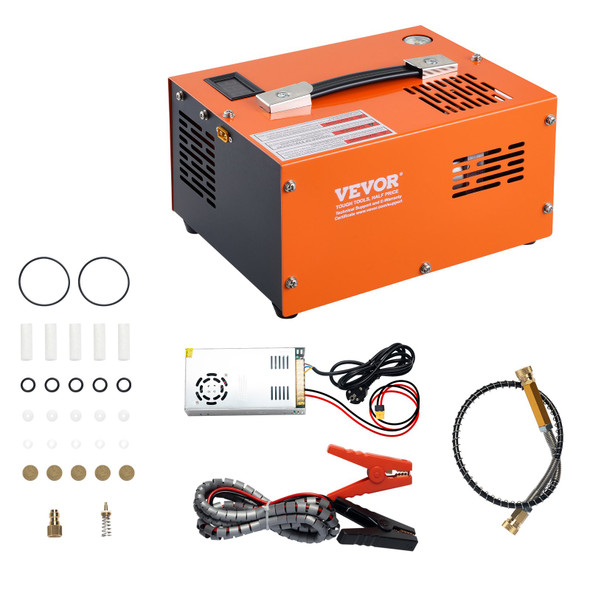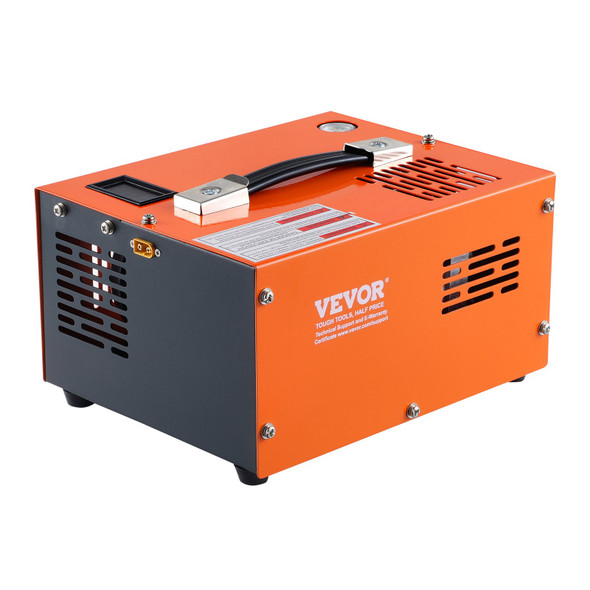| Specification |
Details |
| Model |
WAALPC AC2000 (Auto Drain) |
| Port Size |
¼″ NPT Female |
| Unit Type |
Compressed Air Filter, Regulator, Lubricator (FRL) |
| Filtration Element |
5 Micron (5 µm) Sintered Brass |
| Pressure Regulating Range |
0–145 PSI (0–1.0 MPa) |
| Maximum Inlet Pressure |
232 PSI (1.6 MPa) |
| Drain Type |
Automatic (Float-Activated) |
| Bowl Material |
Polycarbonate with Metal Guard |
Frequently Asked Questions (FAQ) for Auto-Drain Model
1. What is the main advantage of choosing an auto-drain FRL over a manual one? The primary advantage is convenience and superior, continuous protection. The auto-drain feature removes the need for daily manual intervention, ensuring that collected water is purged automatically. This prevents accidental damage to your air tools that can occur if a manual bowl isn't drained regularly, making it ideal for busy shops or humid environments.
2. How exactly does the automatic drain mechanism work? The drain operates on a simple, reliable mechanical float system. As water and contaminants are separated from the air and collect in the filter bowl, an internal float rises with the water level. Once it reaches a predetermined point, the float triggers a valve to open, and the system's air pressure automatically ejects the collected liquid. The valve then closes, ready for the cycle to repeat. It requires no electricity or manual oversight.
3. Does the auto-drain feature mean the filter is completely maintenance-free? While the draining is automated, it's still good practice to periodically inspect the filter bowl. In systems with high levels of contamination or pipe sludge, heavy debris can potentially impede the float mechanism over time. A quick visual check every few weeks ensures the drain is functioning optimally and the bowl is clean.
4. What type of oil should I use in the lubricator portion of this unit? For maximum tool lifespan and performance, you should only use a high-quality, non-detergent pneumatic tool oil (commonly ISO VG32 or an equivalent "air tool oil"). Do not use motor oil, hydraulic fluid, or other oils, as their additives can cause seals and internal components in your air tools to swell or degrade.
5. Can I use this FRL for applications that require oil-free air, like spray painting or inflating tires? The filter and regulator components are excellent for these tasks, but the lubricator will contaminate the air with oil, which will ruin a paint finish and is not suitable for tires. For these oil-sensitive applications, you should install a bypass line with shut-off valves that allows air to go around the lubricator stage when needed. Alternatively, you can use a dedicated Filter-Regulator (FR) unit without a lubricator for those specific air drops.







